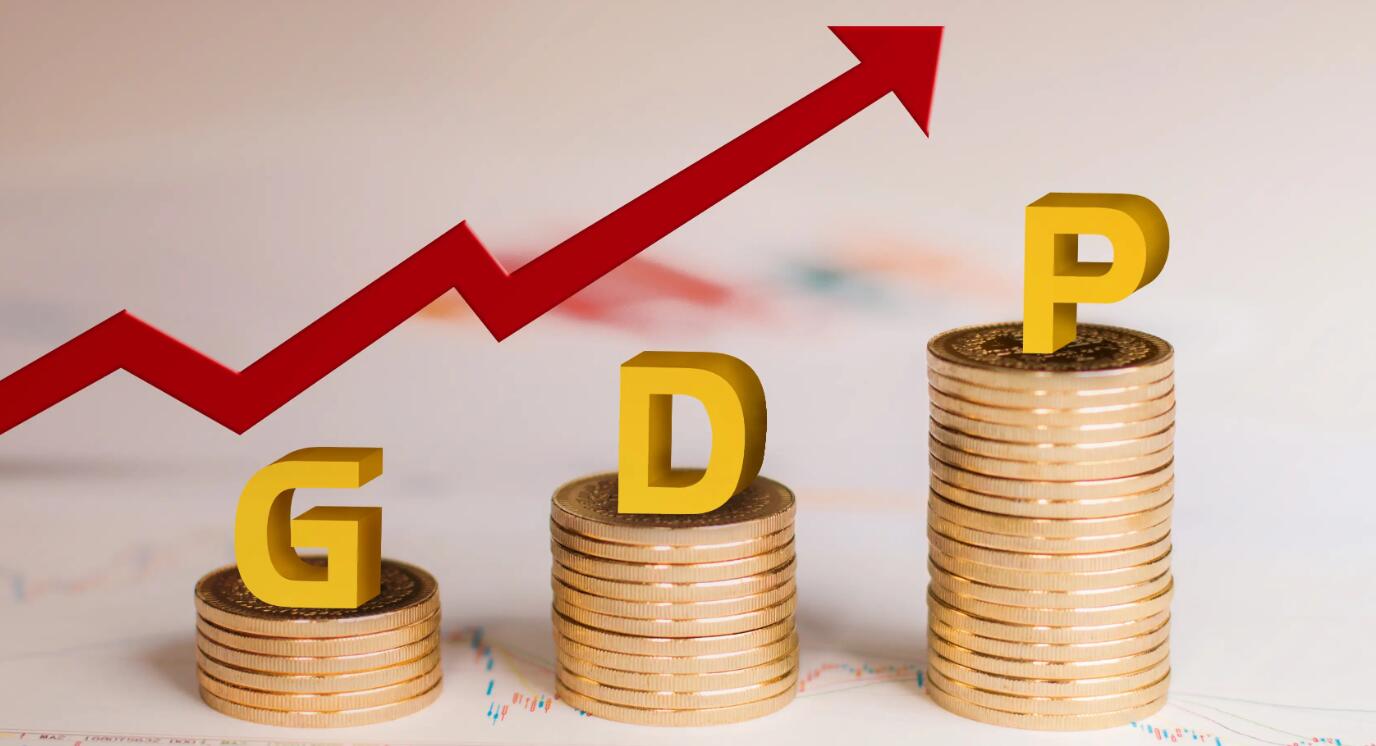The market is waiting for the US Q2 GDP and June PCE data, and the Federal Reserve is expected to remain inactive
As July draws to a close, investors and Federal Reserve officials are anxiously waiting for two key economic reports that will reveal the health of the US economy. These reports are scheduled to be released on Thursday and Friday, providing key information in the days leading up to the July meeting of the Federal Open Market Committee (FOMC).
On Thursday (July 25th), the US Department of Commerce will release its first estimate of GDP growth for the second quarter. Economists expect an annualized growth rate of 2%, a significant increase from 1.4% in the first quarter. These data will provide valuable insights into understanding the resilience and trajectory of the economy.

Following closely behind, the US Bureau of Economic Analysis will release the June PCE inflation index on Friday, July 26th. This report is particularly important as the core PCE is the inflation indicator favored by the Federal Reserve. Economists predict that the core PCE, excluding volatile food and energy prices, will increase by 0.10% month on month, slightly up from 0.08% in May.
Overall and core PCE are expected to show a moderate year-on-year decline in inflation, from 2.6% in May to 2.5% in June. These reports will play a crucial role in formulating the Federal Reserve's monetary policy decisions.
At present, the probability of the Federal Reserve maintaining the benchmark interest rate at 5.25% -5.50% at the upcoming July meeting is 93.3%.
Investors are digesting various scenarios of possible interest rate cuts in September. The Chicago Mercantile Exchange's (CME) Federal Reserve Watch tool shows a probability of 89.6% for a 0.25% rate cut, 10.2% for a 0.50% rate cut, and 0.3% for a 0.75% rate cut. The last scenario will lower the federal funds rate to between 4.50% and 4.75%, marking a significant shift in monetary policy.
The expectations for these reports and their potential impact on Federal Reserve decision-making have already affected the financial markets. Gold futures, typically seen as a hedge against economic uncertainty, exhibit volatility.
Market participants and policy makers are all waiting for these key economic indicators, which are crucial for the outlook of the US economy in the coming days. The interaction between GDP growth, inflation trends, and the Federal Reserve's response measures may set the tone for financial markets in the coming months.
Tips:This page came from Internet, which is not standing for FXCUE opinions of this website.
Statement:Contact us if the content violates the law or your rights
